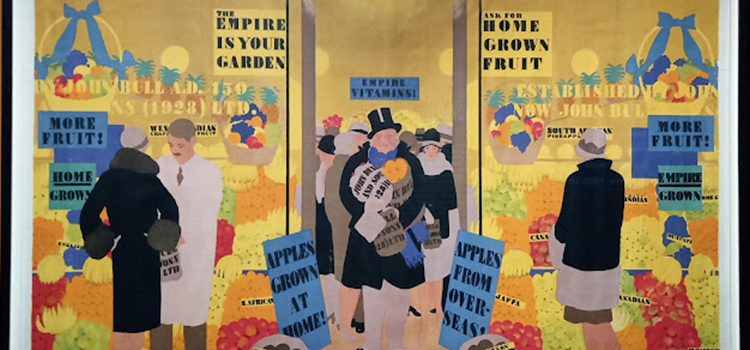
Exhibition on Modern Era
The starting point is the full record of the 1921 census of England and Wales, which was just made available. Through the census and its results, as well as the Archives' rich holdings of papers, photographs, and film, the exhibition sheds light on numerous elements of the 1920s.
The decade was marked by significant technological and societal development, owing in part to World War I and the horrific bloodshed that occurred over the course of the four-year struggle. More than 700,000 British men died in the war, but when the surviving Tommies returned home in November 1918, they found a completely different world.
For one thing, there were fewer men. In England and Wales in 1921, census night revealed a male population of slightly under 18.1 million, but a female population of 19.8 million. While men were dying in the trenches, almost 700,000 women manufactured weapons and took over professions that men had done in peacetime, such as transportation and agriculture.
Women were also making their way to the pinnacle of professions. 46 women worked as consulting engineers, 20 as barristers, 17 as lawyers, 147 as nonconformist pastors, 24 as veterinarians, and 49 as architects, according to the census. Margaret Bondfield became the first woman cabinet minister in Britain's second Labour government in 1929.
If the 1920s depicted a shift in the gender balance, it was also a period in which Britain remained an imperial force, with enormous swaths of the globe coloured red.

Leave a Reply